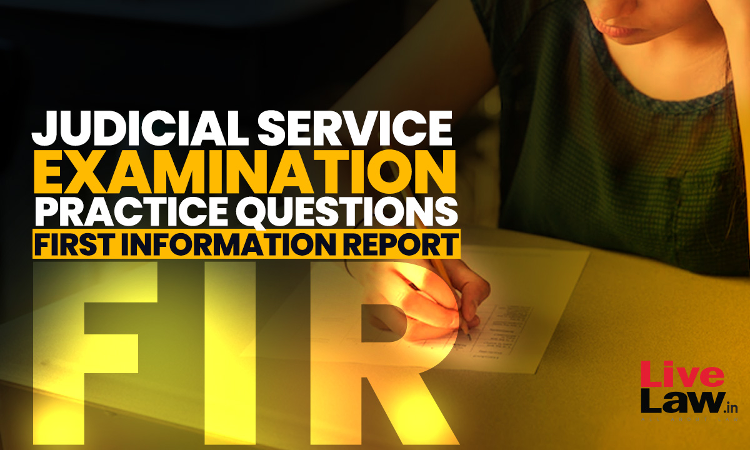Judicial Service Examination: Practice Questions on FIR Based On Supreme Court Judgements
M.A. RASHID
27 Nov 2022 11:02 AM IST

Next Story
27 Nov 2022 11:02 AM IST
1.Dr. Ajay gave a statement to police that his 14 year old daughter Anusha was killed by his servant Manuraj. Police registered an FIR based on the statement of Dr.Ajay. Police questioned Dr.Neelam, wife of Dr.Ajay and she also gave a statement in tune with the statement of Dr.Ajay. On investigation it was revealed that Anusha was killed by the Doctor Couple. In such...
